Authors: Jessie Neumann and Luke Elder
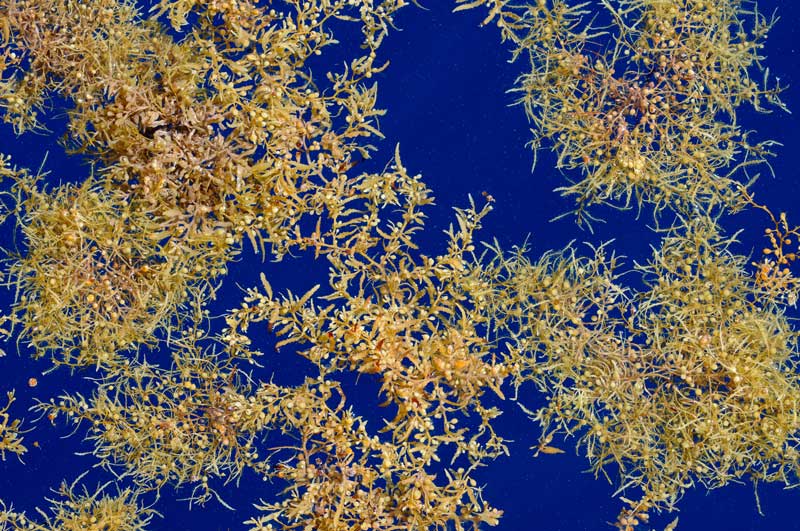
More and more Sargassum has been washing ashore the pristine beaches of the Caribbean. Why is this happening and what should we do?
Sargassum: What is it?
Sargassum is a free-floating seaweed that moves with the ocean’s current. While some beachgoers might think of Sargassum as an unwelcome guest, it actually creates a rich biological habitat rivaling coral reef ecosystems. Essential as nurseries, feeding grounds, and shelter to over 250 species of fish, Sargassum is integral to marine life.
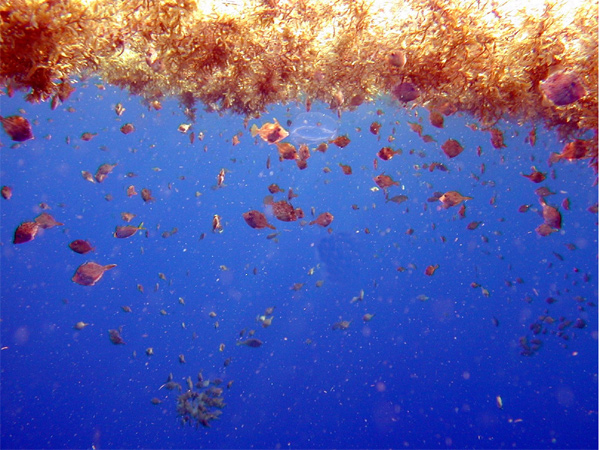
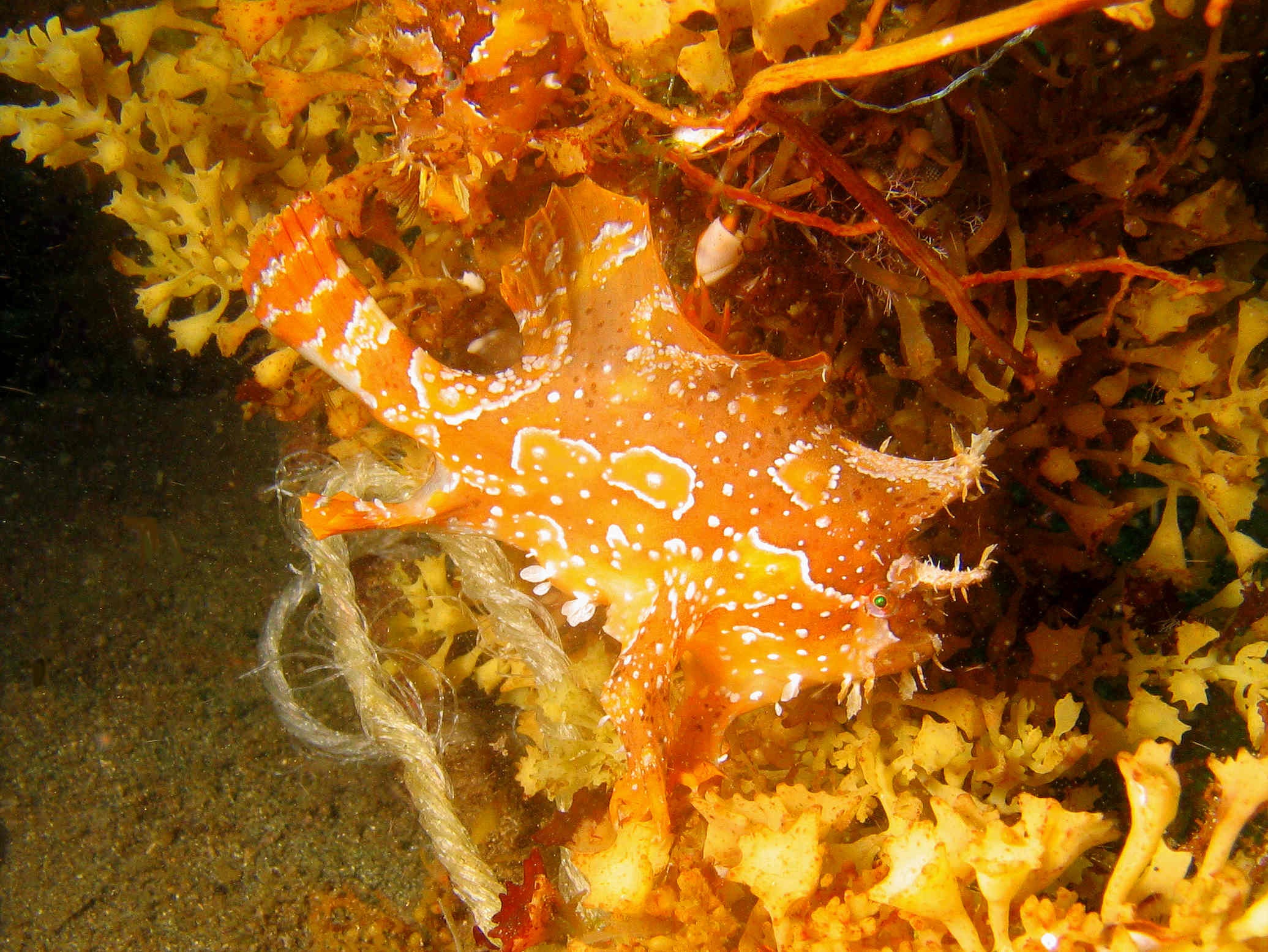
Sargassum Overflow
Sargassum most likely originates from the Sargasso Sea, located in the open North Atlantic Ocean near Bermuda. The Sargasso Sea is estimated to hold up to 10 million metric tons of Sargassum, and is justifiably dubbed “The Golden Floating Rainforest.” Scientists suggest that the influx of Sargassum in the Caribbean is due to a rise in water temperatures and low winds, which both affect ocean currents. This alteration in ocean currents is essentially causing pieces of the Sargassum to become entrapped in climate-changed currents that carry it towards the Eastern Caribbean Islands. The spreading of Sargassum has also been linked to increased nitrogen levels, a result of pollution through the human impacts of increased sewerage, oils, fertilizers and global climate change. However, until more research is done, scientists can only provide theories as to where Sargassum comes from and why it is spreading so quickly.
Solutions to So Much Sargassum
As increased amounts of Sargassum continue to impact the Caribbean beach experience, there are several things we can do to address the issue.The most sustainable practice is to let nature be. If Sargassum is disrupting hotel activities and visitors, it can be taken off the beach and disposed of in a responsible manner. Removing it manually, ideally with a community beach clean-up, is the most sustainable removal practice. Many hotel and resort managers’ first response is to remove Sargassum using cranes and mechanical equipment, however this puts sand-dwelling critters, including sea turtles and nests, at a risk.
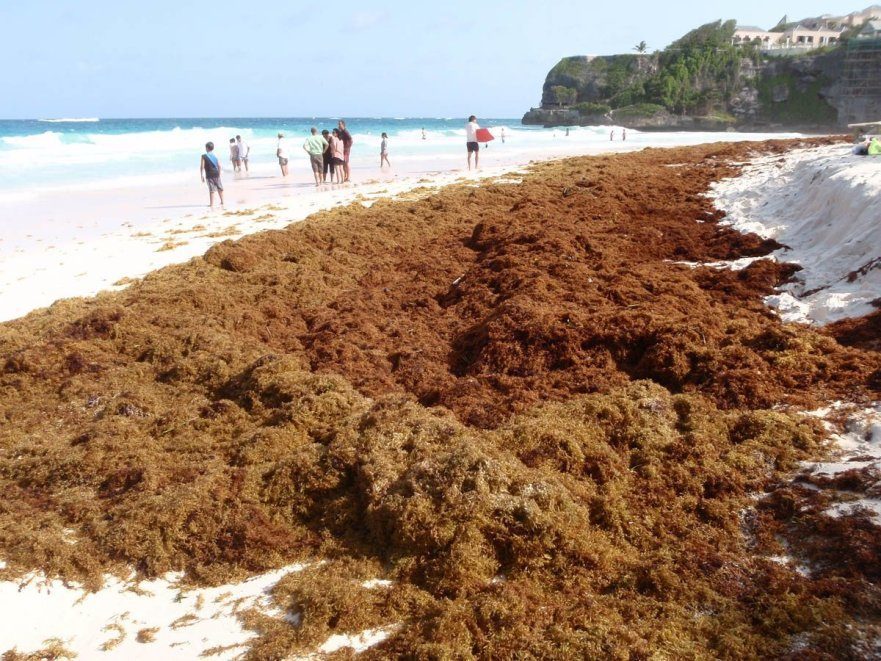
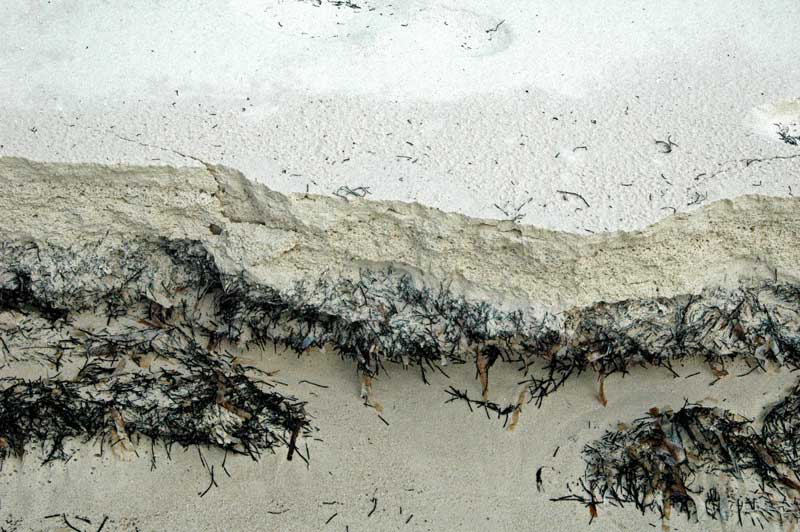
1. Bury It!
Sargassum is an excellent medium for use as landfill. It can be used to build up dunes and beaches to combat the threat of beach erosion and increase coastal resiliency to storm surges and rising sea levels. The best way to do so is by manually transporting the Sargassum up the beach with wheelbarrows and removing waste that can get caught within the seaweed before burial. This method will please beachgoers with a clean, Sargassum-free shoreline in a way that does not disturb local wildlife and even benefits the coastal system.
2. Recycle It!
Sargassum can also be used as fertilizer and compost. As long as it is properly cleaned and dried it contains many useful nutrients that promote healthy soil, increase moisture retention, and prevent weed growth. Because of its high salt content, Sargassum also is a deterrent for snails, slugs, and other pests that you don’t want in your garden.
3. Eat It!
Seaweed is often used in Asian-inspired dishes and has a somewhat bitter taste that many people enjoy. The most popular way to serve Sargassum is to fry it quickly and then let it simmer in water with soy sauce and other ingredients for 30 minutes to 2 hours, depending on your preference. Make sure it is thoroughly cleaned unless you like the taste of marine debris!
With climate change impacts being ever present and an understanding of the rising and warming of the sea – it is safe to say – Sargassum may be around in the future. Further research needs to be conducted to better understand its impact.
Photo credits: Flickr Creative Commons and NOAA







